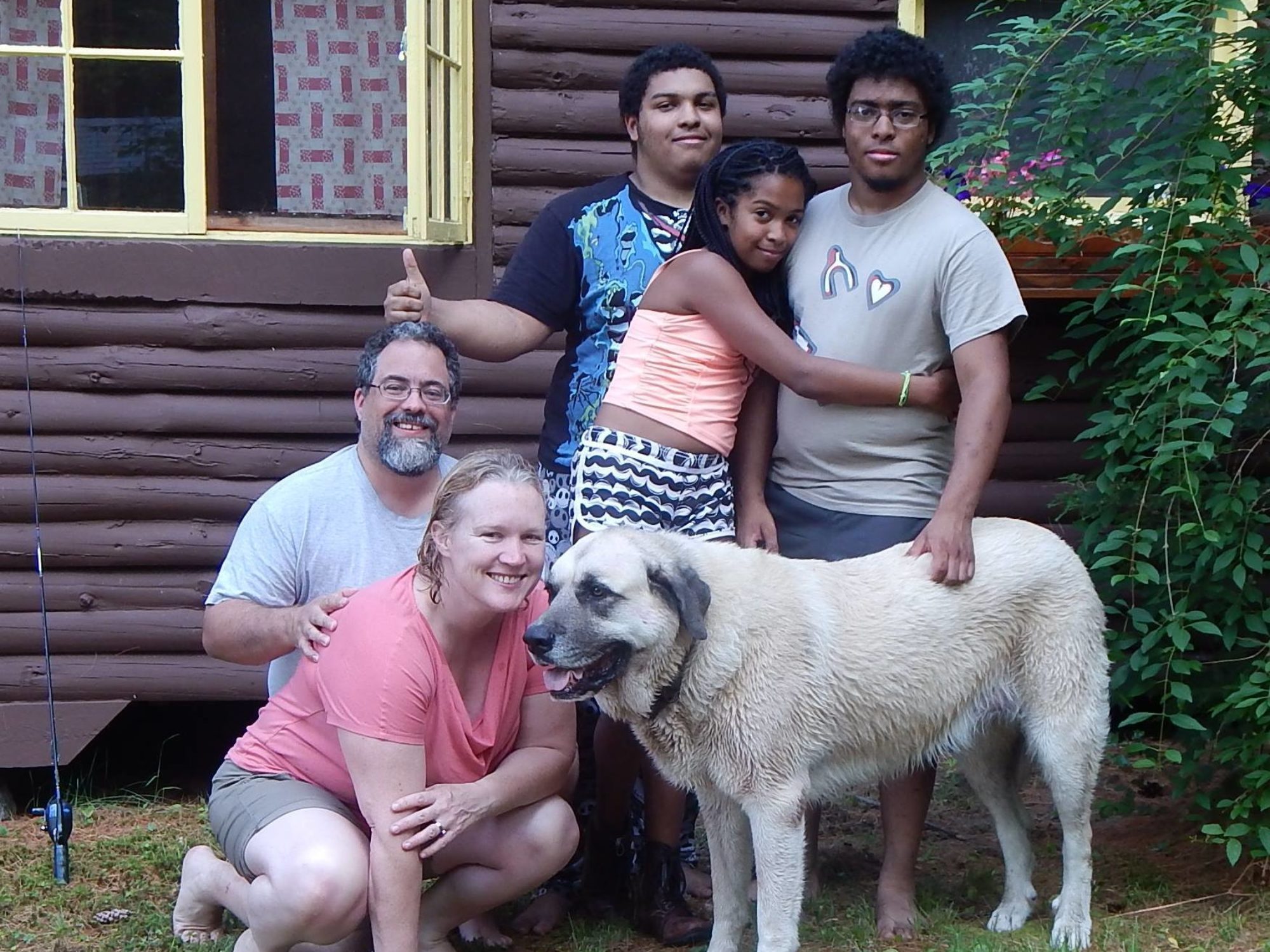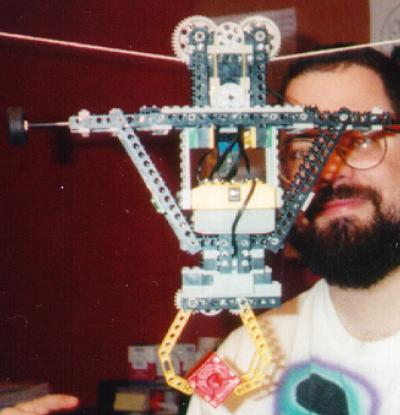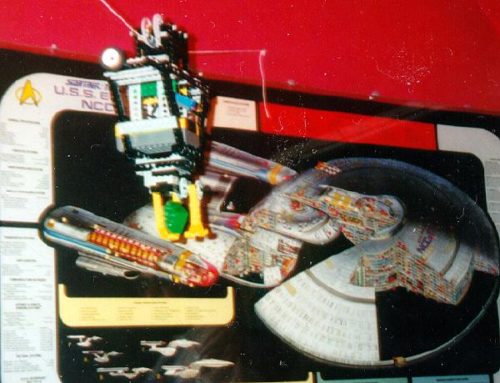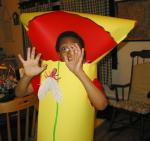Never visit the Museum of Fine Arts in Boston without being accompanied by Debi Costine. Back on February 27, we got to do just that.
Nichelle spent the three days before the trip in “intense rest,” hoping to be well enough to go with us. (I hadn’t seen her so determined to do anything major since singing in the Christmas program in mid-December.) Thankfully, she was able to go, although by the end I wished I insisted she use a wheelchair for at least part of it. (In the weeks since, her condition has gotten worse, and I don’t think we’d even try such a trip now.)
We also weren’t sure we could convince David to come. He seemed fascinated, several years earlier, by the mummy at the Museum of Science in Boston, but in the interim years, that fascinating had turned to fear. I spent three weeks trying to psych him up, but it was Debi who spoke to David the night before and convinced him that he would be fine. By the end of her call he was eagerly anticipating the trip.

Above: Debi Costine provides an introduction to ancient Egypt.
What a wonderful trip! The kids loved it, John especially favored this museum over the science-centered ones that I typically drag him to.
Outside the Egyptian wing, Debi sat us down, gave us handouts, and introduced us to things to look for in the Egyptian artifacts. Among them was a cartouche—generally an ellipse with a line on one side, that would be marked with one or two sets of hieroglyphs. This would indicate the name of a god or a king. We also learned about the burial and afterlife beliefs of the ancient Egyptians, including the false door that the spirits would use to retrieve food offered to them.
One of the things Debi stressed was the grain of truth that many cultures preserved after the Flood in their understanding of spiritual things. It was very interesting to see how a proper understanding of death and eternity became corrupted over the years.
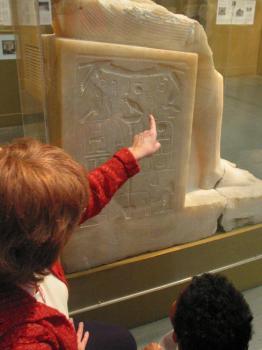
Above: Pointing out the hieroglyphs adjacent to a cartouche, indicating the name of a god. (Note Debi’s red hair.)
One of the ideas I found fascinating was that the existence of one’s name carved in stone allowed the existence in the afterlife to be perpetuated. In some cases, pharaohs or other leaders who fell out of favor were “eliminated” after death by having the names chiseled out of their places, as well as statues destroyed. One pharaoh ordered his name hieroglyphs to be carved especially deep. I wonder if it occurred to them to carve it someplace and then hide it.

Above: Barley (along with a crude mortar and pestal) dating from up to 6,000 years ago.
When Nichelle and I attended the MFA last year, we were awestruck by the Egyptian artifacts. They project such a feeling of age. It is truly amazing to walk among them. The barley shown above is a small thing, but it’s astounding to find it preserved for five or six millenia.

Above: King Menkaure (Mycerinus) and queen (possibly Khamerernebty II).
I absolutely love this statue of King Menkaure and his queen. This couple is elegantly and lovingly rendered, and it impresses me that the artists were able to perfectly recreate the effects of sheer cloth in a stone statue. Note that they are actually clothed, at least in the custom of the time. The statue is unfinished. (There is no name on it; the king’s kilt pleats are not carved, and the base is unfinished.) There are more photos, a write-up, and an audio piece here at the MFA site. Note the folded napkins in Menkaure’s hands. These were authority symbols. Some later statues had rectangular napkins that look more like blocks of wood.

Above: The Egyptian kings would place these stories about their conquests on the borders of their lands. Debi was able to explain the story carved here in much more detail than the museum plaque next to it.

Above: Check out the cartouches on the base of this statue. These have the hieroglyph pairs we were hunting: a sun with a bird, and a bee with a sedge plant. David just told me, “I was the first one who found that one!”

Above: All the geeks in ancient Egypt used these these snazzy pocket protectors. Seriously, it’s a scribal palette, belonging to “The royal draftsmen of the Lord of the Two Lands, Amenemwia.”

Above: The center of the Egyptian funerary room. That’s a bolt of linen in the left foreground that is over 4,000 years old. Amazing!
The funerary room was astounding. It offered much more than the few things we think of as stereotypical Egyptian art surrounding the funeral rituals. Interestingly, the Egyptians were quite reluctant to change the formulae of their rituals, even over the centurals. So, even when the custom of removing the organs and storing them in jars had changed, faux jars were still placed in the burial chamber.

Above: These ceremonial eyes were painted on the sides of coffins to allow the body entombed within to see out.

Above: Debi noticed something about this mummy mask that she had never seen before: It has a beard. This mask (dating from the time around Joseph’s life) may show the result of a Hebrew influence, as the Egyptians didn’t wear real beards, perhaps as a result of Joseph’s revelation of his origin and rise to power.

Above: You’ve read the Old Testament many times, but always wondered what Baal looked like. Now you know! (This one is missing his weapon or thunderbolt. Maybe it was a child’s action figure. It’s about the same size. “Hey, kids! Collect all the Canaanite deities!”)

Above: This Hittite stamp-cylinder seal was impressive, as were the other seals and commercial artifacts, including a set of balance weights and numerous cuneform tablets.
Outside of the Egyptian area, was one of the things we were all really looking forward to seeing: A fragment of a plate (probably smashed by the forces of Alexander the Great) from one of Xerxes four palaces. Debi likes to encourage her students to imagine that Queen Esther herself may have touched it.

Above: Fragment of a Royal Plate
Southwest Iran (probably from Perseopolis, Palace of Xerxes), 485–464 B.C. Diorite. Queen Esther just might have used it. (My photo is blurry, so I’ve linked the image to a better one at the MFA.)
By the time we got to the few more modern things we looked at (much of the 1st century A.D. art, especially from Corinth, is, shall we say, inappropriate for children), they just couldn’t compare to the marvel of the ancient Eyptyian work. They all seemed so … recent.

Above: This painting contains owls hidden within it. I was terrible at finding them, but the kids did well, and really enjoyed the task. This photo isn’t perfect, but I couldn’t find the painting this evening when I searched the online MFA database—even though I found it a few weeks ago.
I’ll also include what is one of my absolute favorite paintings in the MFA. When I first saw it, during my company’s “Winter Thaw” event, I was struck by how beautiful it was. The color is amazing, and it seems photographic in its realism. It really stands out.

Above: Portrait of a Young Woman, possibly Countess Worontzoff, by Marie Louise Elisabeth Vigée‑Le Brun. French, 1755–1842.
And David, the little weasel, announced that his favorite part had been the mummies.
 Yes, I Always Over-Design
Yes, I Always Over-Design
